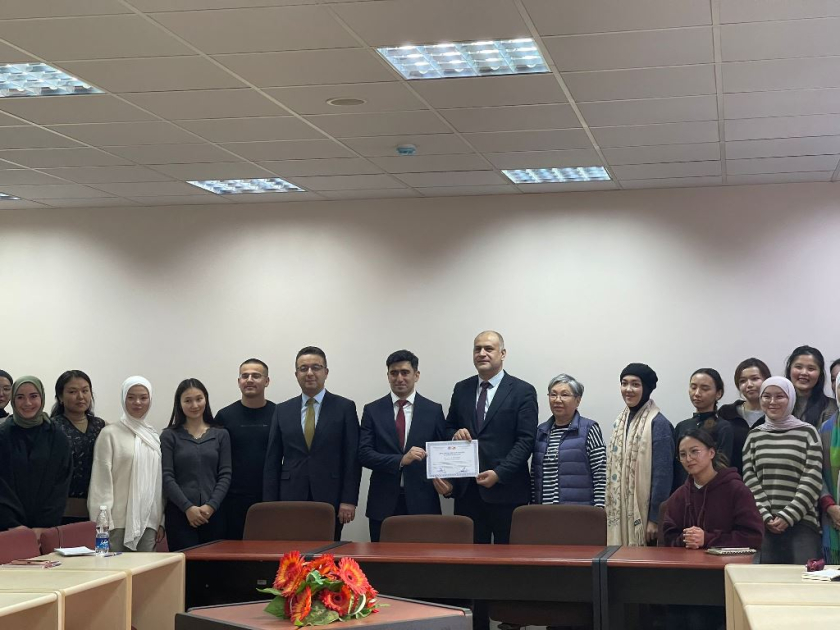Egyptian officials announced on Tuesday the discovery of King Thutmose II's tomb, which was earlier believed to be the tomb of one of the wives of former kings. It is also the first royal discovery since King Tutankhamun's burial site was found in 1922, according to MENA.
The recent discovery is the last of the lost tombs of former Egyptian kings from the Eighteenth Dynasty, which ruled for over two centuries from about 1550 BC to 1292 BC. A joint Egyptian-British archaeological mission found the site in the Mount of Thebes area, west of Luxor and the renowned Valley of the Kings. As the excavation work progressed, new discoveries of ancient artefacts convinced that it was the tomb of King Thutmose II, considered the last of the lost tombs of ancient Egyptian kings. The official said that parts of ancient vessel ruins found at the site had inscriptions bearing the name of King Thutmose II and his wife, Hatshepsut.
Khaled described the discovery as one of the most significant archaeological findings in recent years, which adds to existing knowledge about the king and his reign.
King Thutmose II's mummy was discovered in the 19th century near another archaeological site, the Deir el-Bahari Cachette. It is now displayed at the new National Museum of Egyptian Civilization.
According to Mohamed Abdel Badie, head of the Egyptian Antiquities Sector and excavation team leader, the tomb is in poor condition mainly because it was damaged by floods soon after King Thutmose II died.
Abdel Badie said early research suggests that many of the tomb’s original items were moved elsewhere after the ancient floods.
The team found mortar inside the tomb with traces of blue inscriptions, yellow stars, and passages from the book “Imydwat”. This book was an important guide for ancient Egyptian royals on their journey through the afterlife.
Dr. Piers Litherland, head of the English mission to the site, said the tomb features simple architectural designs that were preferred by kings who ruled Egypt after Thutmose II.
He also said the survey to determine the rest of the artefacts from Thutmose II's tomb would continue to uncover secrets that may add to the historical knowledge about him.


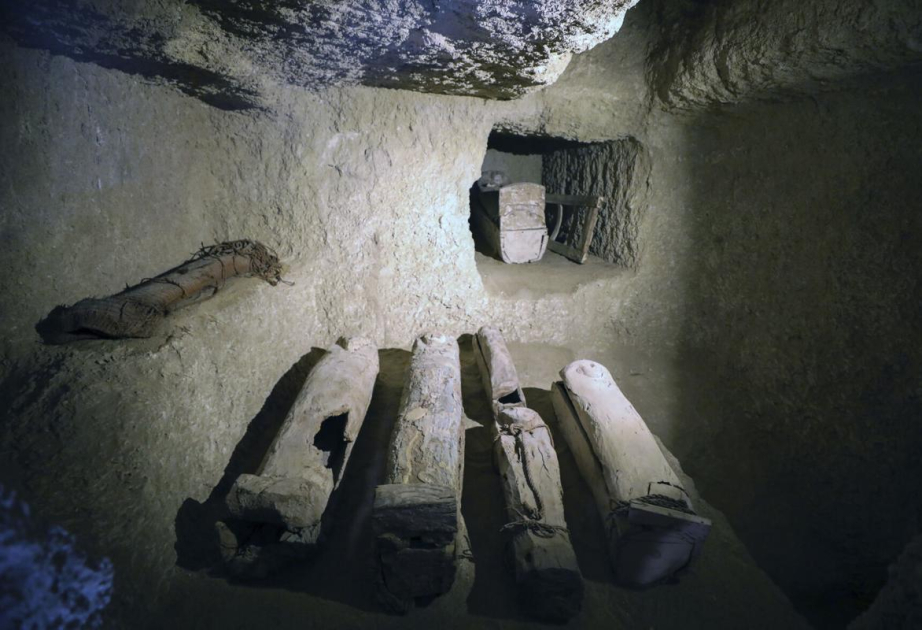




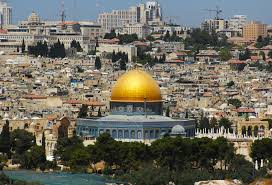
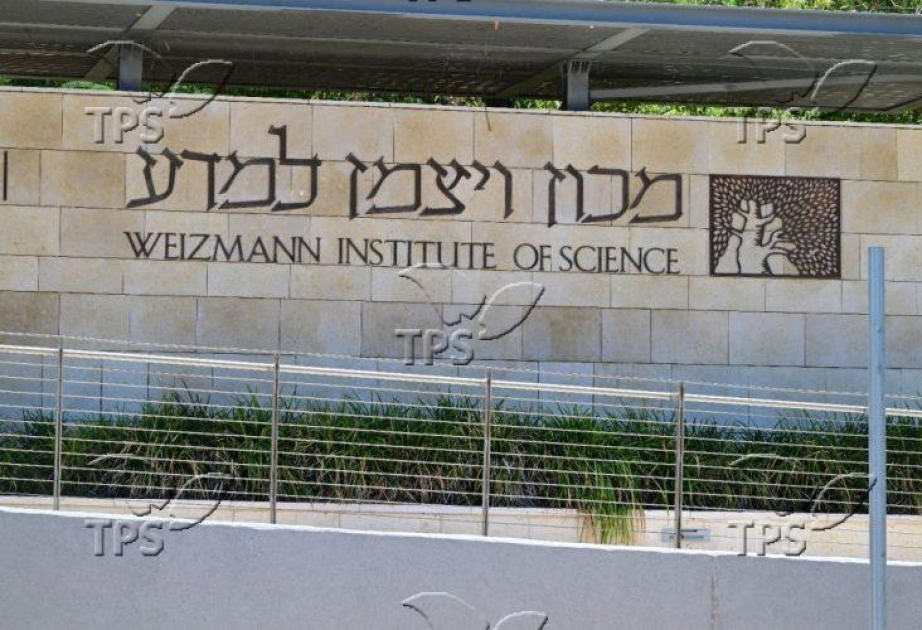


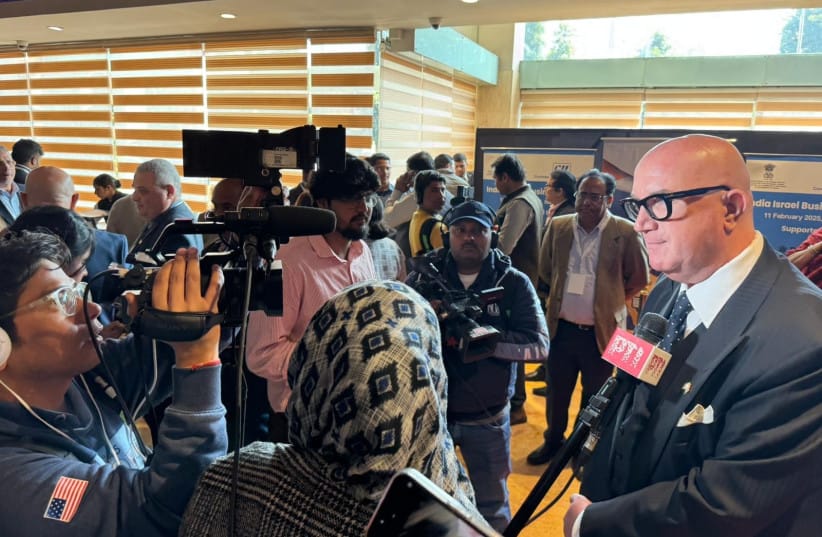
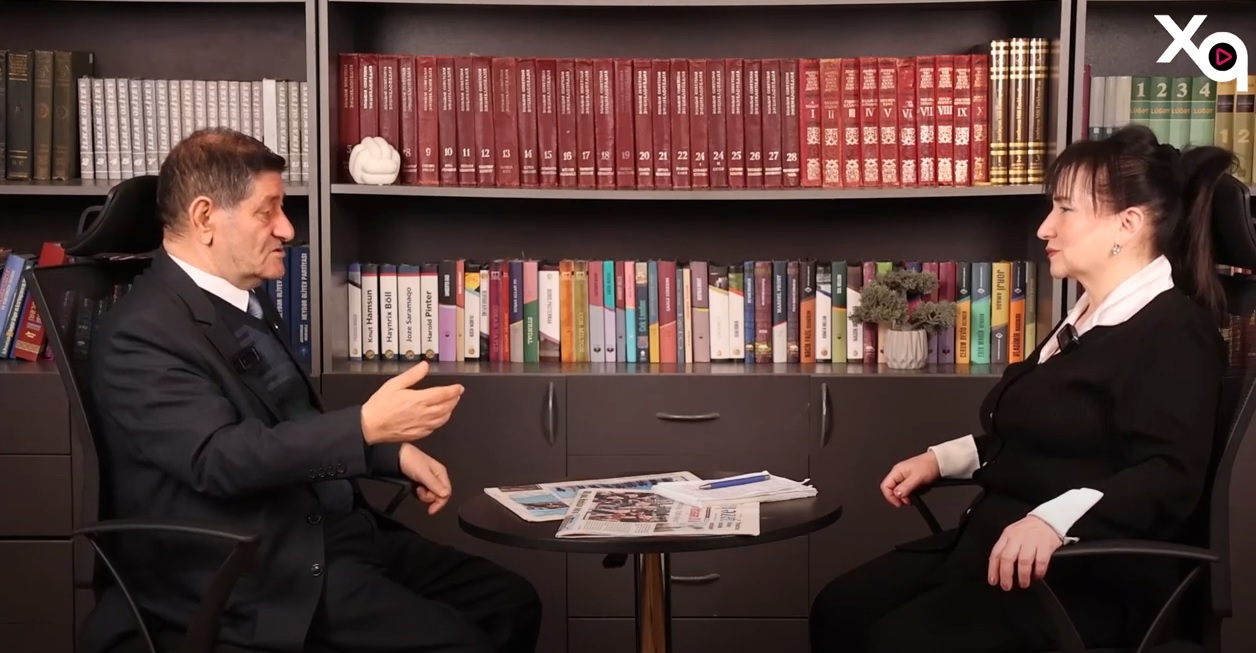
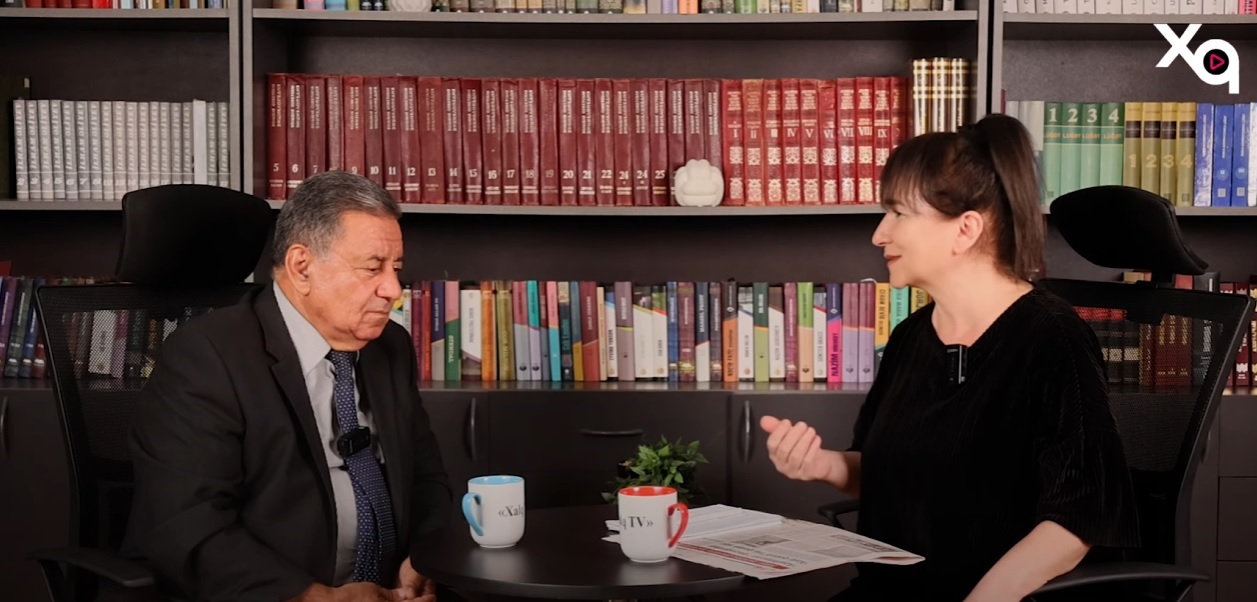
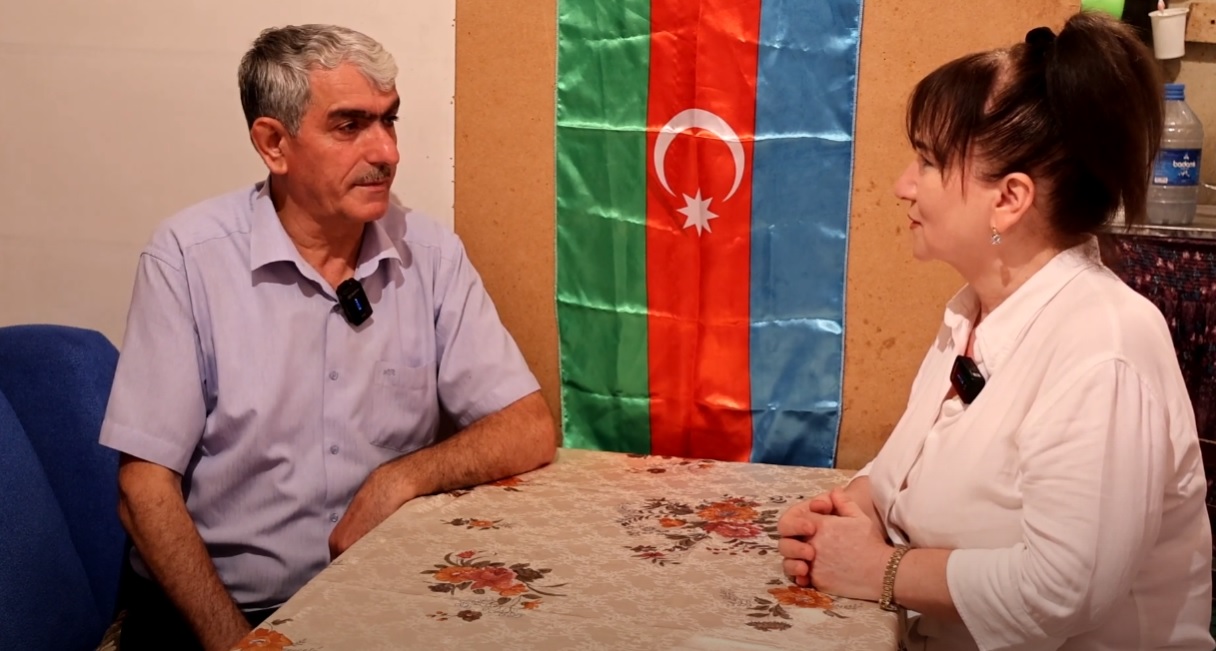
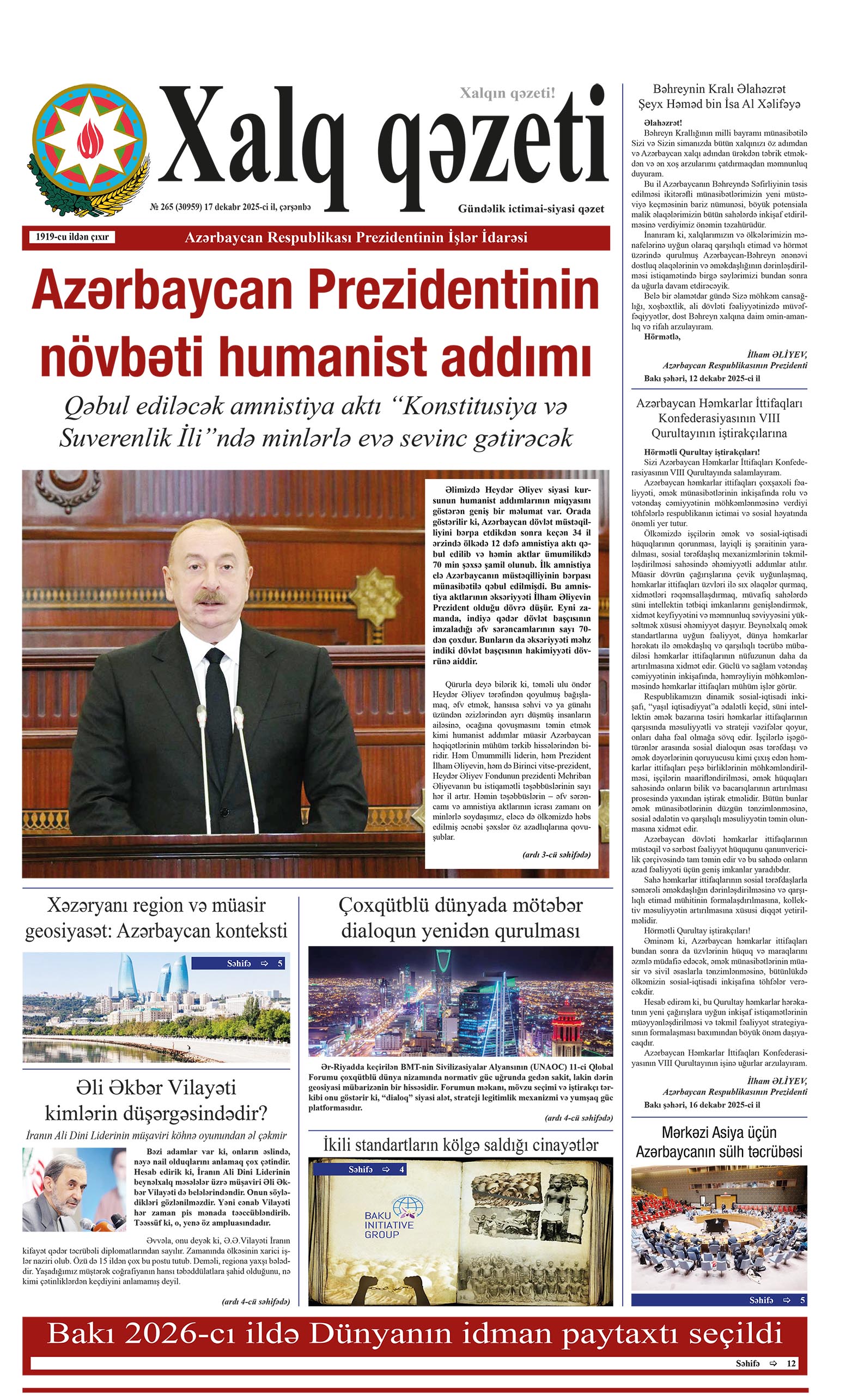
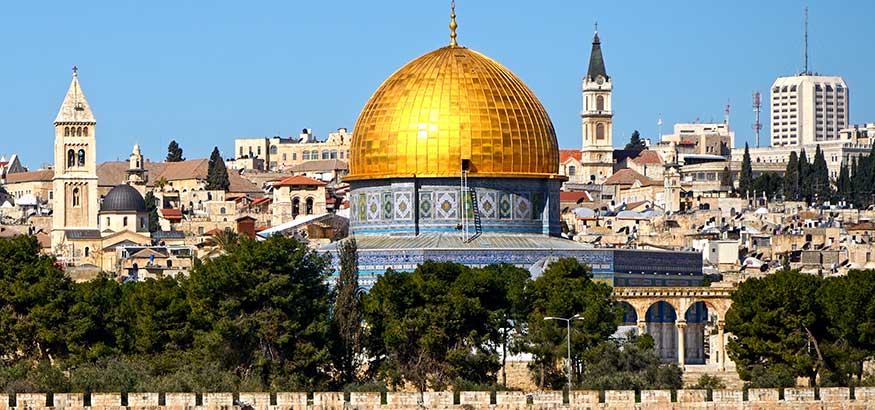
.png)


